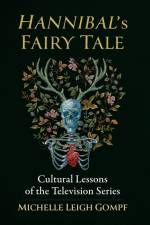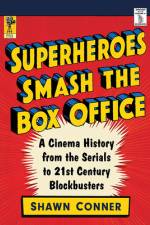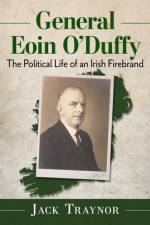av Earl Cureton
367
Earl ""The Twirl"" Cureton was never a star player in the NBA, but then again, few people will ever be a celebrity athlete. Earl's story, instead, is about a life on the fringes of the league during its ""Golden Era"" of the '80s and '90s. A teammate of Julius Erving, Moses Malone, Michael Jordan, Charles Oakley, Muggsy Bogues, Hakeem Olajuwon, and others, Earl was a part of seven NBA teams in his twelve-season career. He won two championships during his career, first in 1983 with the Philadelphia 76ers, and then in 1994 with the Houston Rockets. And yet, as a professional basketball journeyman, every day was a struggle. Growing up in Detroit during race riots, Earl worked hard and became a standout player at the University of Detroit. A 6' 9"" center in the pros, he battled with Karem Abdul-Jabbar in back-to-back NBA Finals. While many people know the stories of big names like Jordan, Magic Johnson, and Larry Bird, few understand the life of a player on the outskirts of the league. This is Earl's own story, a unique perspective on the trials of a journeyman player: non-guaranteed contracts, tryouts and cuts, playing overseas, coming back from injury, and the looming ""right of first refusal.""






























